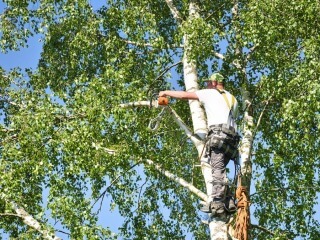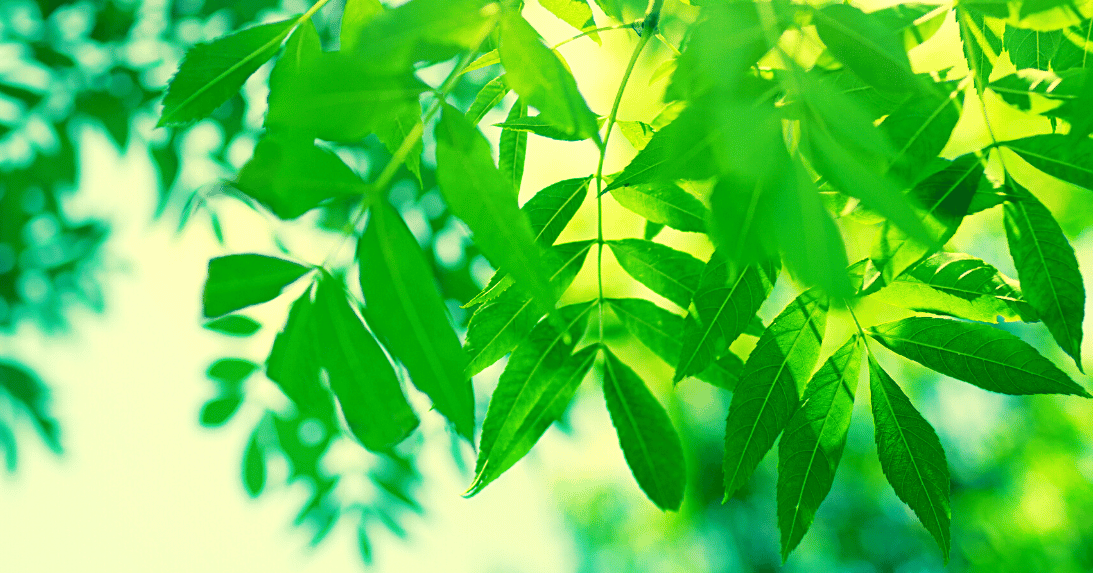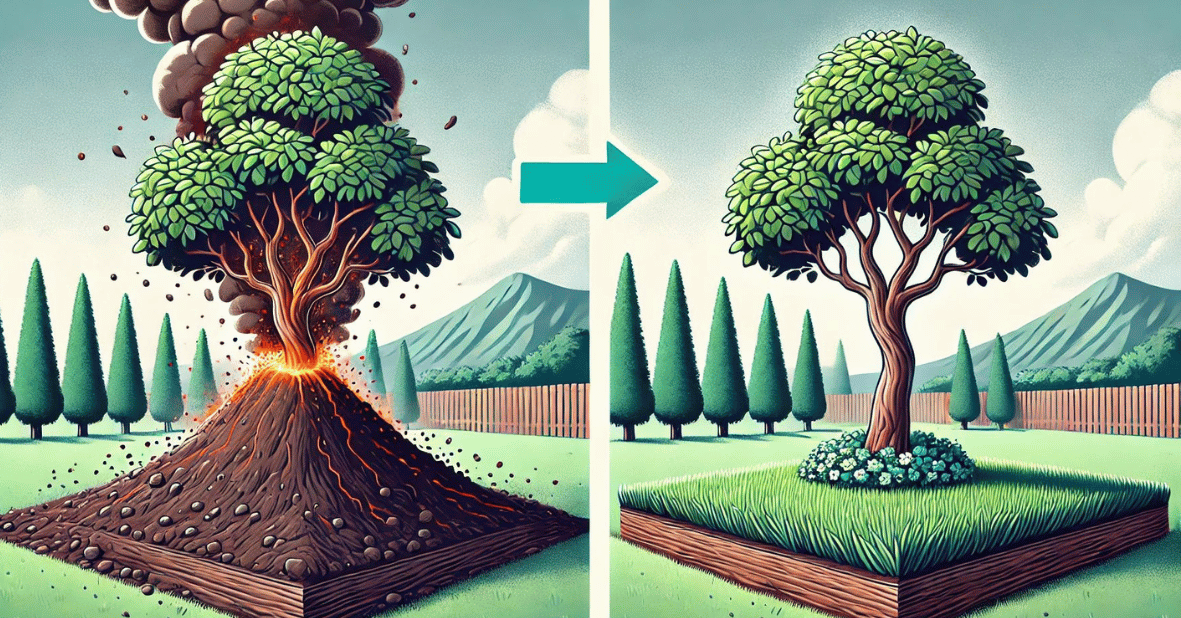Jan 14, 2021
Tree pruning is an important part of caring for an ecosystem — which your backyard certainly is. Think of it as preventive canopy maintenance for your trees.
It can also be used to avoid specific problems the future may hold. That youngish tree in your backyard could, in a decade or two, put a thick branch over your roof or the area where you park your car. It will then be ready to come down in an ice storm, high-wind event, or due to unseen rot. But pruning early in a tree’s life can shape its mature form, leading limb growth away from future hazards.
When’s the best time to prune? That depends on the species of tree in question and your long-term goals. Trees have their own growth-and-dormancy cycles that have developed to best adapt to the seasonal rhythm of the plant hardiness zone in which they live (which is zones 6 to 7 in our area).
Here in the greater Delaware Valley — the states of Delaware, Maryland, and eastern Pennsylvania (the counties of Bucks, Delaware, and Chester, including Villanova and surrounding towns like Bryn Mawr, St. Davids, Haverford, Gladwyne, and Strafford) — most trees are best pruned during their dormant season, which is winter and very early spring.
The advantage of winter pruning is both aesthetic and biological. Since trees (other than evergreens) don’t have any leaves in the winter, the underlying structure of the tree is far easier to see when leaves are gone, judicious cuts can be made to deal with problematic growth patterns. Finally, winter pruning encourages spring growth, and disease organisms are not active.
Pruning in the early spring, when sap is starting to rise but before trees are in “4th” gear, carries the same benefits. In addition, dead branches — which are more obvious because they are not budding — can be detected. Trees that are in serious distress, which ultimately should be taken down, are also easier to identify than in their dormant season when signs of ill health are not so apparent. And for flowering and fruit trees, early spring pruning will kick budding into overdrive and produce more growth for the summer.
Summer pruning does have its advantages — and, depending on other factors, could be the only feasible option. Branches with internal issues that are not easily seen when bare will sag under the weight of leaves, making them identifiable. Species that produce significant sap in the spring — such as birches, maples, walnuts, dogwoods, and elms — are also easier to prune after their sap runs are over. The mess will be less and time won’t have to be dedicated to cleaning chainsaws. Some spring-flowering species will also benefit from waiting until after they’ve flowered.
Autumn is, on the whole, the least-best time to prune. Because a tree’s lifecycle is downshifting, the wounds inherent to pruning will take longer to heal. Also, funguses release spores in the autumn and pruning can spread them — open wounds make trees more susceptible to infection (this can also be an issue with summer pruning). But, if there’s no other choice — storm damage for example has left part of a tree damaged and hanging precariously in a dangerous place — we know all the tricks to do such trimming as safely as possible.
Please contact Strobert Tree Services Inc. so that we can begin developing a proposal to cover your tree-pruning needs.











